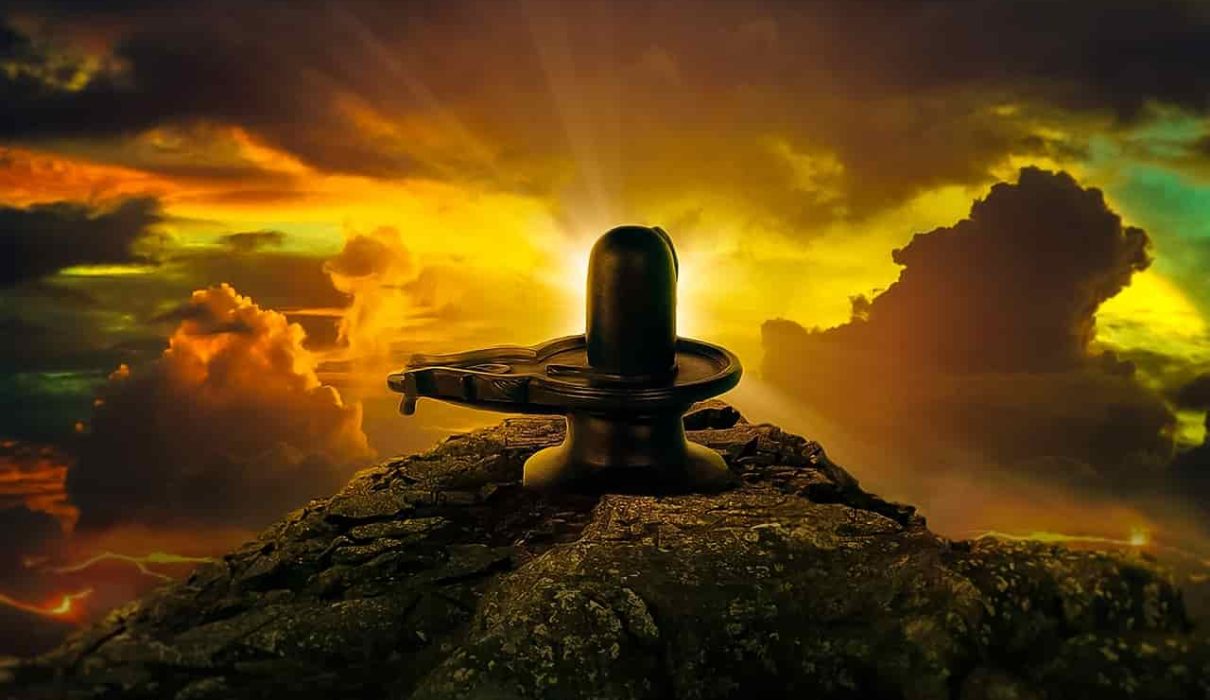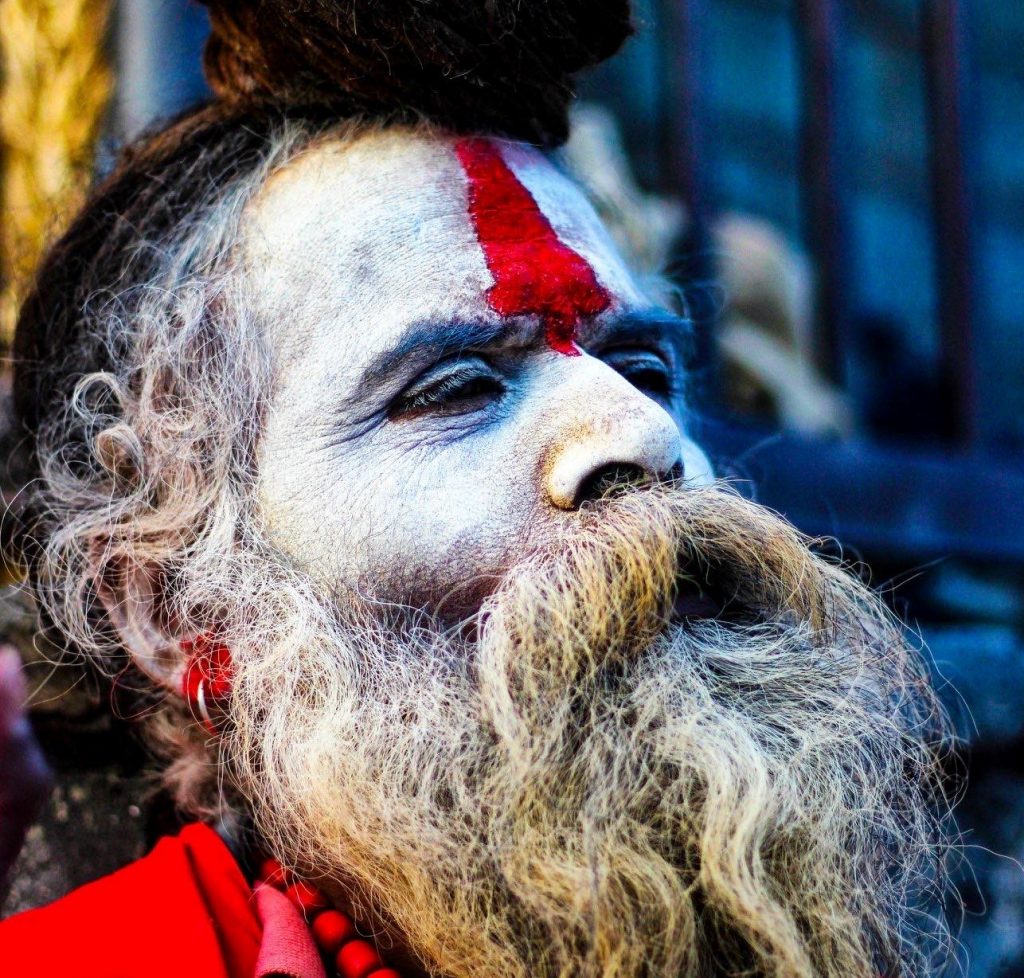Table of Contents
ToggleWhy Is Shiva Linga Worshiped | Hindu Stories
The worship of the Shiva Linga, a sacred symbol in Hinduism representing Lord Shiva, has deep spiritual and symbolic significance. The Shiva Linga is a unique and ancient representation of the formless aspect of Lord Shiva, one of the principal deities in Hinduism. Here are several reasons why the Shiva Linga is worshipped:
1. Symbol of the Formless Aspect of Shiva:
-
- Lord Shiva is often described as formless, transcendent, and beyond human comprehension. The Shiva Linga represents this formlessness.
- Unlike other deities in Hinduism, the Shiva Linga doesn’t have a distinct human or animal form, emphasizing the all-pervasive nature of Lord Shiva.
2. Unity of Male and Female Energies:
-
- The Shiva Linga is often seen as a symbol of the union of masculine and feminine energies, known as Shiva and Shakti. The cylindrical shape (Linga) represents Shiva, while the base (Yoni) represents Shakti, the divine feminine.
- This union symbolizes the cosmic principles of creation and regeneration.
3. Source of Cosmic Energy:
-
- Devotees believe that the Shiva Linga is a source of cosmic energy. The Linga is considered to radiate a powerful and divine energy that can positively influence the surroundings and the individuals who worship it.
4. Eternal, Unchanging Nature:
-
- The Shiva Linga is believed to be eternal and unchanging, representing the timeless nature of Lord Shiva.
- It symbolizes the aspect of the divine that remains unaffected by the cycles of creation, preservation, and destruction.
5. Absence of Distractions:
-
- The simplicity of the Shiva Linga, devoid of intricate features, encourages devotees to focus on the essence of the divine rather than external forms.
- This simplicity is believed to aid concentration and meditation during worship.
6. Mediator Between the Formless and Manifest Aspects:
-
- The Shiva Linga serves as a mediator between the formless and manifest aspects of Lord Shiva.
- While the formless aspect is beyond human perception, the Linga provides a tangible focal point for devotion and connection.
7. Destroyer of Ego:
-
- The worship of the Shiva Linga is seen as a means to overcome ego and attachment.
- Lord Shiva, as the destroyer (Mahadeva), helps individuals transcend the egoistic self and move towards self-realization.
8. Representation of Cosmic Axis:
-
- The Shiva Linga is often associated with the cosmic axis or axis mundi, representing the connection between the earthly and celestial realms.
- It symbolizes the divine link between the material and spiritual worlds.
9. Emphasis on Inner Worship:
-
- The worship of the Shiva Linga places emphasis on inner spiritual practices rather than external rituals.
- Devotees are encouraged to focus on devotion, meditation, and self-realization.
10. Elevation of Consciousness:
-
- The continuous worship of the Shiva Linga is believed to elevate an individual’s consciousness and lead them towards spiritual enlightenment.
- It is seen as a path to liberation (moksha) from the cycle of birth and death.
In Hinduism, the worship of the Shiva Linga is diverse, and interpretations may vary across different sects and traditions. However, the overarching theme emphasizes the formless and all-encompassing nature of Lord Shiva, encouraging devotees to connect with the divine on a profound spiritual level.
Also Read Article From Offline Thinker:
Is Consuming Marijuana a Suitable Addition to Shivaratri Traditions?
Follow Offline Thinker on Facebook, Twitter, and Instagram. You can send us your writings at connect.offlinethinker@gmail.com








